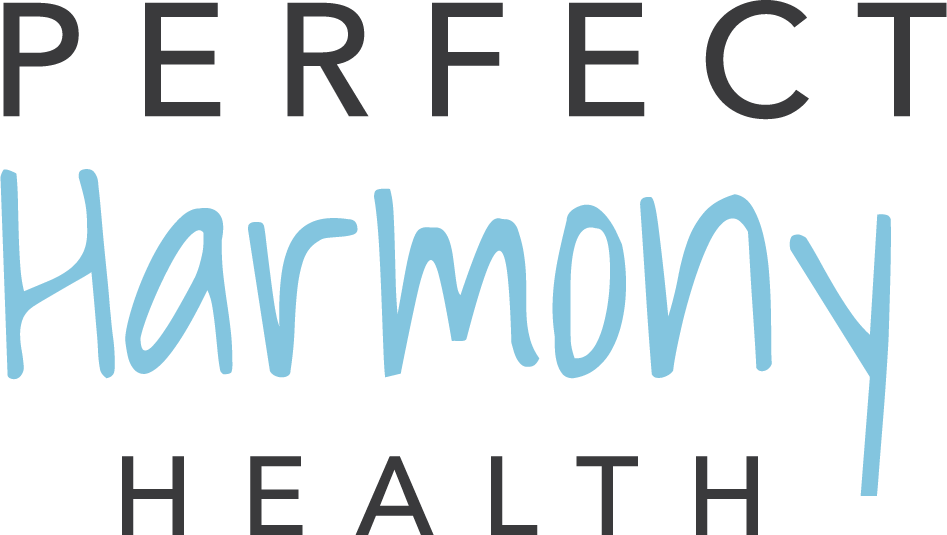Connect. Compose. Synchronize.
Connect the brain. Compose the mind. Synchronize the body.
Hopefully, you’ve heard this new language from us by now. Our tagline for ten years has been, ‘Music. Healthcare. Perfect Harmony.’ and I have to admit, I still love it. I think it’s such a beautifully concise summary of what we offer. As we’ve built toward unrolling our new branding package with Perfect Harmony Health, we challenged ourselves with the next level of this message. If we’ve succeeded in establishing ourselves as an allied healthcare profession, what do we need you to know? Well, we need you to know what neurologic music therapy is.
Our number one goal at PHH is to treat the whole person in harmony. To assess the individual as a whole, considering their sensorimotor, social/emotional, and cognitive domains to develop individualized treatment plans that address their specific concerns and needs using a non-evasive and even fun medium!
Connect the brain by rewiring neural connections.
When it comes to neurologic injuries and diseases, the types and variations are as diverse as the people experiencing them. Historically, the focus is on expectation. At Perfect Harmony Health, we focus on building neurologic foundations for future success!
Compose the mind by building emotional structure.
Your state of mind is the baseline for cognition. Imagine doing a math problem while you’re feeling scared. Everything builds on this emotional baseline, like social skills and physical skills. At the peak of the pyramid is executive function. You have to be in a good headspace before you can think clearly. We use music to process and regulate emotion. It starts in individual sessions, and it culminates in group programs where you get to relate to others. This work is powerful in a group setting because music speaks where words fail.
Synchronize the body by cueing rhythmic movement.
Our self-worth is often tied to our ability to do complete everyday tasks independently, and often people assume your physical limitations mean you have low intelligence. What if you have to raise your hand to show you understand, but you can’t get your body there in time? Or you can’t get your mouth to work with your brain to form the right words? Motor challenges like these often start in the brain. Rhythmic entrainment is foundational for learning functional motor patterns.
Join our newsletter, follow us on social media, and engage with us and our website to learn more as we kick off 2022 in perfect harmony!

